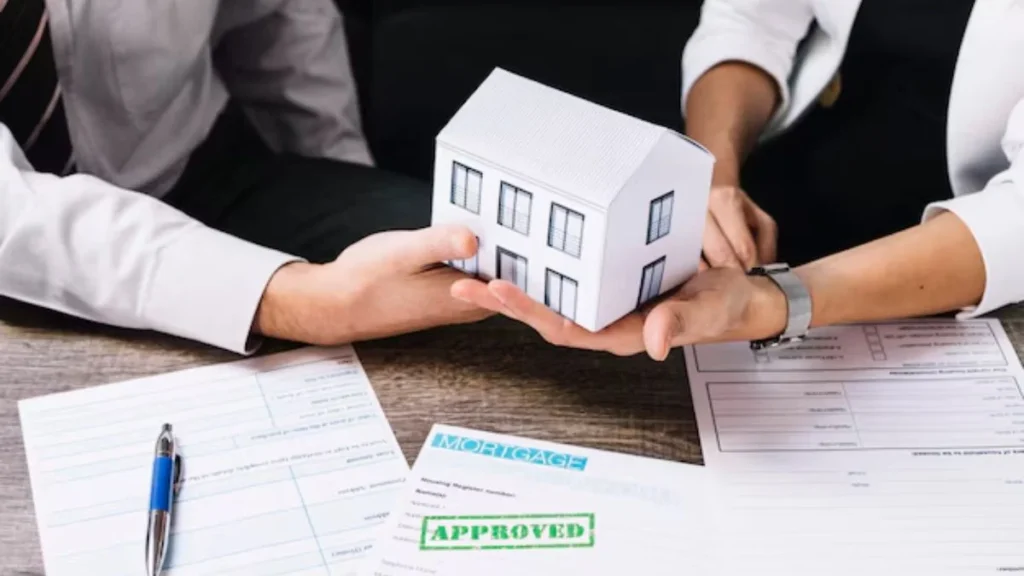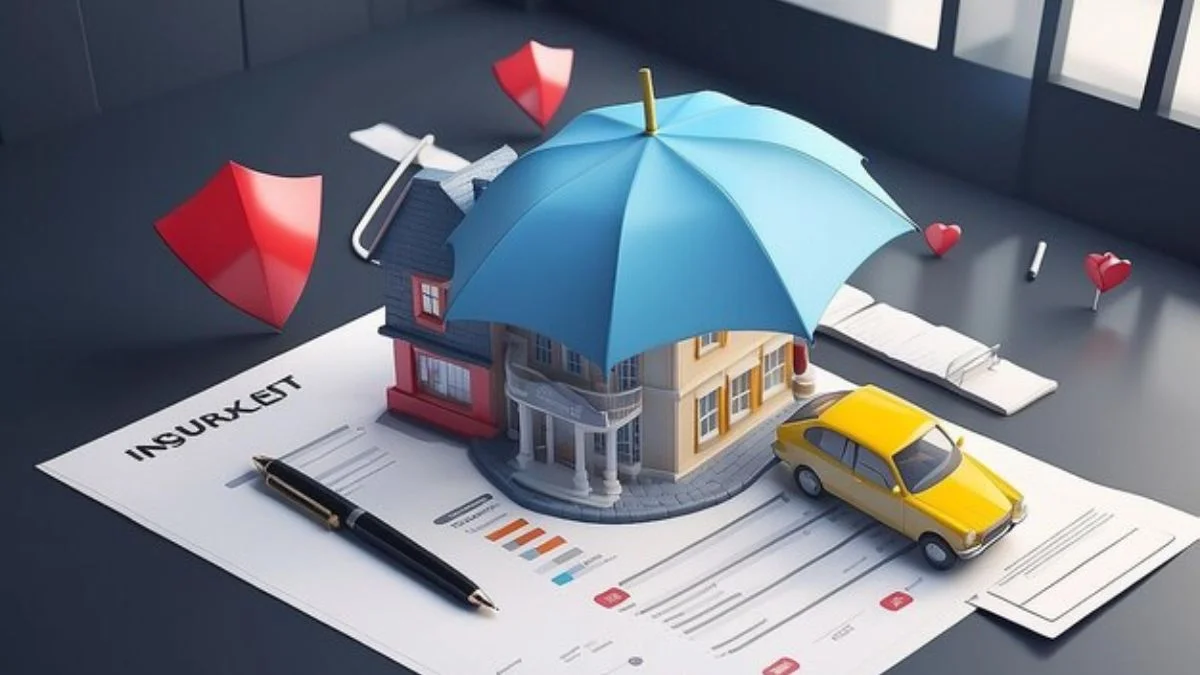Private Mortgage Insurance (PMI) is a type of insurance designed to protect lenders if a borrower defaults on their mortgage. If you’re buying a home and cannot make a down payment of at least 20%, your lender will likely require PMI. While it adds to your monthly mortgage payments, PMI can help you secure a loan with a smaller down payment, making homeownership more accessible. However, understanding PMI and its implications is crucial to making informed decisions about your home financing.
What is Private Mortgage Insurance (PMI)?
Private Mortgage Insurance is insurance that borrowers must pay if they make a down payment of less than 20% on their home purchase. PMI benefits the lender, not the borrower, by reducing the risk that the lender faces in case the borrower defaults. Essentially, it allows borrowers to obtain a mortgage even if they haven’t saved enough for a 20% down payment, but with the trade-off of additional monthly costs.
PMI is typically required on conventional loans, which are not backed by the federal government, unlike FHA loans or VA loans. It’s important to note that PMI only applies to conventional mortgages and not government-backed loans.
How Does PMI Work?
When you take out a mortgage with less than 20% down, the lender will require you to pay PMI as part of your monthly mortgage payment. The PMI cost is calculated based on your loan-to-value ratio (LTV), the amount you borrow versus the home’s value, and your credit score.
Typically, PMI costs between 0.2% and 2% of the loan amount per year. This amount is divided into monthly installments and added to your mortgage payment. For example, if your loan is $200,000 and your PMI rate is 1%, you would pay $2,000 per year, or approximately $167 per month, in PMI.
PMI can be arranged in different ways, including:
- Borrower-paid mortgage insurance (BPMI): The most common form of PMI, paid monthly as part of your mortgage payment.
- Lender-paid mortgage insurance (LPMI): Your lender pays the insurance premium, but the cost is typically passed to you through a higher interest rate.
- Single-premium mortgage insurance: You pay the full PMI premium upfront as a lump sum, either at closing or financed into the loan.
- Split-premium mortgage insurance: A combination of BPMI and single-premium, where you pay part upfront and the rest monthly.
How to Get Private Mortgage Insurance
Obtaining PMI is generally straightforward, and your lender will arrange it for you if it’s required. The process of securing PMI is linked directly to your mortgage approval process, meaning once your mortgage is approved, your PMI will be set up through the lender. Here’s a basic step-by-step guide on how to get private mortgage insurance:
- Apply for a mortgage: Once you submit your mortgage application, your lender will assess your down payment amount and creditworthiness to determine whether PMI is required.
- PMI payment terms: If PMI is necessary, your lender will inform you of the premium amount and payment structure. In most cases, your PMI premiums will be included in your monthly mortgage payments.
- Choose a PMI type: Depending on your financial situation, you can choose between borrower-paid PMI (BPMI), lender-paid PMI (LPMI), or single-premium PMI. Some lenders may give you the option to finance your PMI, which can be beneficial if you have limited funds at closing.
- Maintain PMI payments: PMI is typically required until your loan-to-value ratio reaches 80%, meaning you have 20% equity in your home. The lender is legally obligated to cancel PMI once you hit 78% equity, but you can request early cancellation at 80%.

How Much Does Private Mortgage Insurance Cost?
PMI costs vary based on several factors, including:
- Loan-to-value ratio (LTV): The higher your LTV, the higher your PMI cost. If you’re putting down less than 10%, your PMI will be more expensive than if you’re putting down 15%.
- Loan amount: Larger loans mean higher PMI premiums. For instance, a $300,000 loan will have a higher PMI than a $150,000 loan.
- Credit score: Lenders use your credit score to determine risk. Borrowers with higher credit scores (typically 720 and above) will pay less for PMI, while borrowers with lower credit scores (below 620) will face higher costs.
- Type of mortgage: The cost of Private Mortgage Insurance may vary slightly depending on the type of mortgage you choose (e.g., adjustable-rate mortgage vs. fixed-rate mortgage).
On average, PMI ranges from 0.2% to 2% of the loan amount annually. Here’s an example:
If you have a $250,000 loan with a PMI rate of 1%, your annual premium would be $2,500, or approximately $208 per month.
How to Cancel PMI: Private Mortgage Insurance
One of the most common questions about PMI is how to get rid of it. Fortunately, PMI is not a permanent cost. There are several ways to cancel your PMI, depending on your situation:
- Automatic cancellation: By law, lenders must automatically cancel Private Mortgage Insurance once your loan-to-value ratio (LTV) reaches 78%, assuming you are current on your mortgage payments. This cancellation is mandatory under the Homeowners Protection Act (HPA).
- Request cancellation at 80% LTV: You can request the removal of PMI once your LTV drops to 80%. You will need to contact your lender in writing to request cancellation, and they may require an appraisal to confirm the current value of your home.
- Refinance your mortgage: If your home’s value has increased significantly, you may be able to refinance your mortgage to reduce your LTV below 80%. By doing so, you may eliminate the need for PMI.
- Pay down your mortgage: Another way to cancel PMI is to make extra payments on your mortgage to accelerate reaching 20% equity. By reducing your loan balance faster, you can save on PMI costs.
- Home appreciation: If your home appreciates in value, you can request a new appraisal to demonstrate that your loan balance is less than 80% of the home’s current market value.
How to Avoid PMI
There are several strategies to avoid Private Mortgage Insurance altogether. Here are a few options:
- Make a 20% down payment: The simplest way to avoid PMI is to make a down payment of at least 20% on your home. While this may be difficult for some buyers, especially first-time homebuyers, it’s the only guaranteed way to bypass Private Mortgage Insurance.
- Consider an 80-10-10 loan: An 80-10-10 loan, also known as a piggyback loan, is a method to avoid PMI by taking out two loans simultaneously. The first loan covers 80% of the home’s purchase price, the second loan covers 10%, and you put down the remaining 10%. This structure avoids PMI because your primary loan is only 80% of the home’s value.
- Choose a lender-paid mortgage insurance (LPMI) option: With LPMI, your lender covers the cost of PMI, but you’ll pay a slightly higher interest rate in exchange. This option can be advantageous if you plan to stay in the home for a shorter period.
- VA loans: If you’re a qualified veteran or active-duty service member, you can apply for a VA loan, which does not require PMI, regardless of the down payment amount.
Pros and Cons of PMI
Pros:
- Enables lower down payments: PMI allows borrowers to buy a home with less than 20% down, making homeownership more accessible.
- Reduces lender risk: PMI protects lenders from financial loss if the borrower defaults on the loan.
- Can be canceled: Once you reach 20% equity in your home, you can cancel PMI.
Cons:
- Increases monthly payments: PMI adds an additional cost to your mortgage payment, sometimes significantly.
- Only benefits the lender: PMI does not provide any direct benefits to the borrower, as it only protects the lender.
- Requires good credit for lower rates: Borrowers with lower credit scores will pay more for PMI.
Conclusion: Private Mortgage Insurance
Private Mortgage Insurance (PMI) is an additional cost that homebuyers with low down payments must consider. While it adds to your monthly mortgage payments, PMI can make it possible for many people to buy a home without waiting to save for a 20% down payment. Understanding how PMI works, how much it costs, and how to cancel it can help you make informed decisions and minimize its impact on your finances.
By carefully evaluating your options, such as making a larger down payment, refinancing, or exploring alternative loan structures, you can either avoid PMI or reduce its costs over time.
FAQs About Private Mortgage Insurance
What is Private Mortgage Insurance (PMI)?
PMI is an additional cost for homebuyers who make a down payment of less than 20% on a home loan.
Why do I need PMI?
PMI protects the lender in case you default on your mortgage, making it possible to buy a home with a smaller down payment.
How much does PMI typically cost?
PMI costs vary but usually range from 0.2% to 2% of the original loan amount annually, added to your monthly mortgage payment.
Can PMI be avoided?
Yes, by making a 20% or larger down payment or exploring alternative loan options that do not require PMI.
How can I cancel PMI?
PMI can be canceled once you reach 20% equity in your home, often through loan repayment or refinancing.
What are strategies to reduce PMI costs?
You can reduce PMI costs by increasing your down payment, refinancing, or selecting a lender-paid PMI option.








